Introduction
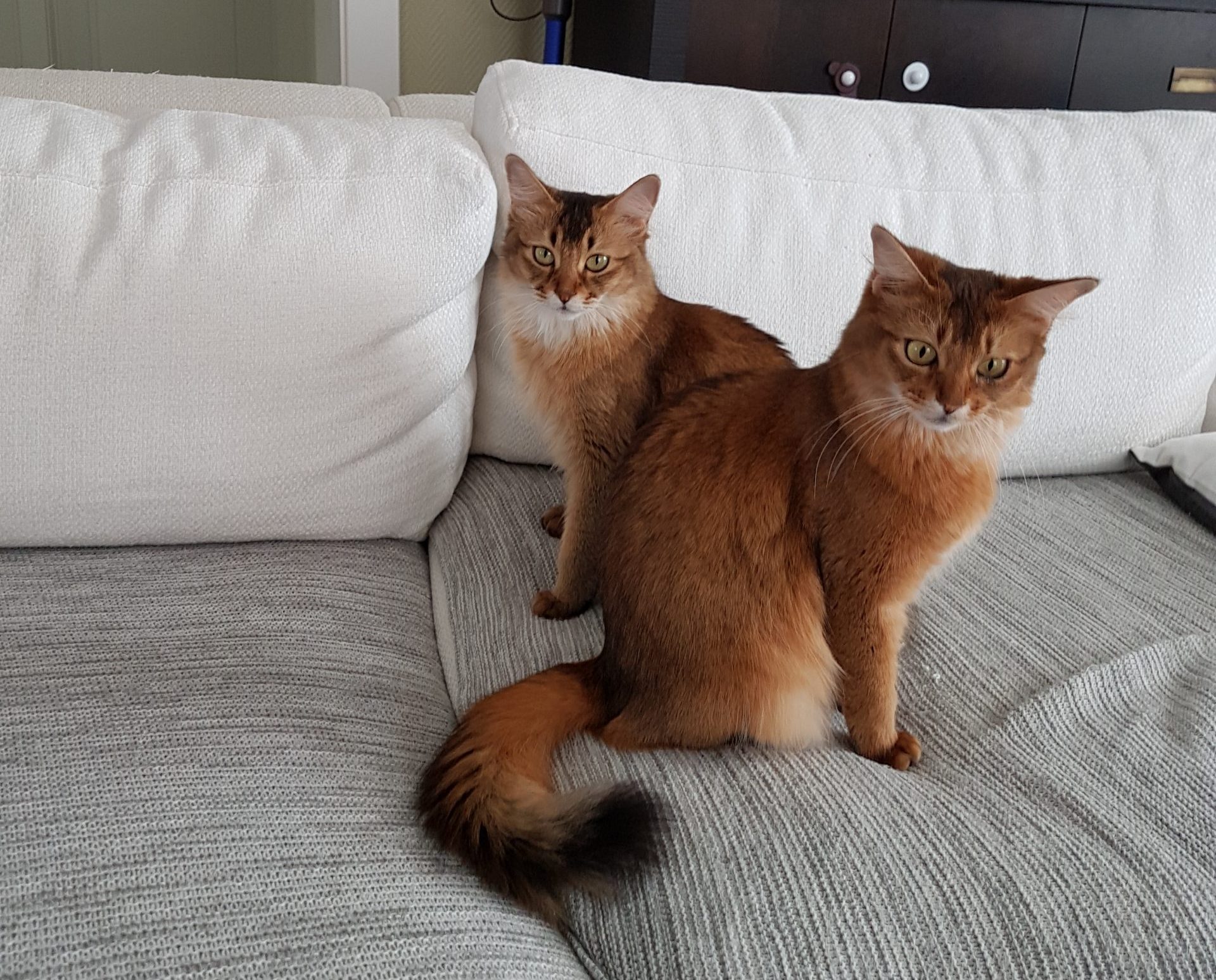
Our web-site is indeed dedicated to an admirable breed of cats: The Somali cat. Somalis are semi long-haired descendants of the Abyssinian cats. They are very beautiful, elegant and attentive. They love the company of people and are interested in all what happens in the house. The Somali has a playful and tender character, steady temper and quiet voice. It was love at first sight when I first saw a Somali 25 years ago. Their adorable nature already made me melt back then. Now I finally decided to give in to my first love especially as my children also fell for this breed after visiting several cat shows. Join us!
Origin
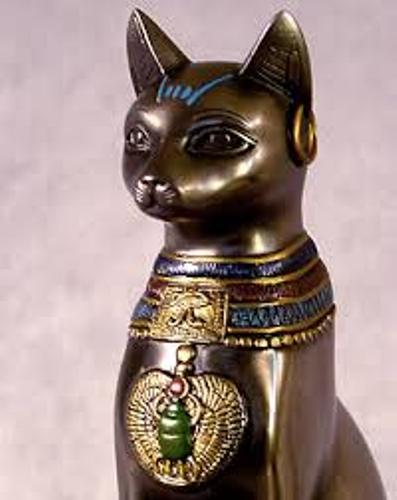
The history of the origins of the Somali is very intriguing. Actually the name Somali is misleading. Most probably the first Somali was born in the USA. The Somalis were rather an accidental colateral effect that once in a while occurred in the breeding of Abyssinians. Abyssinians are said to be the oldest cat breeds of the world. This statement is based on the resemblance of the Abyssinians to mummified cats found in Egypt and to the cat statues from that era.
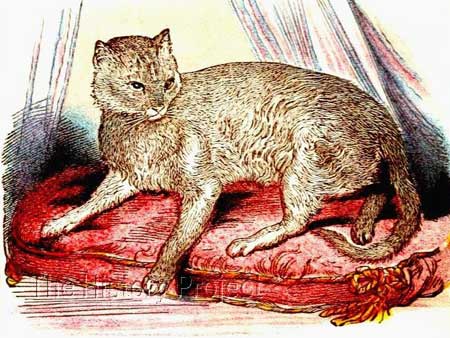
Another story people like to quote is the so called first Abyssinian cat, Zula coming to the UK. Zula was the cat that was brought back to England by an British officer’s wife. He was serving in the army and was based in Egypt (But might have also been to India before). The picture was created in 1874. It is not known who drew it. The timing of its creation and the resemblance to the modern Abyssinian fits quite nicely into the history of this breed.
Genetic evaluations of the cat breeds revealed though that the Abyssinian and Somali have a low level of genetic diversity. Meaning that they stem from a narrow population and continuous inbreeding. Breeds like the Norwegian forest cat and the Siberian have a high level of genetic diversity. The genetic markers of the Abyssinian and Somali are common to both Southeast Asian and Western breeds. This indicates that cats from both Asia and Europe were at the basis or used to create/maintain the breed.
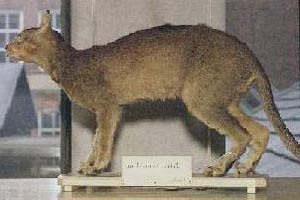
Indeed, another theory says that the Abyssinian originates from the jungles of Southeast Asia – because the gene Ta could only be found in cats living along the coast of the Indian Ocean (between Singapore and Sri Lanka), whilst this same gene could not be found in cats of Egypt and East Africa. An exhibit in the Natural Science Museum in Leiden (Rijksmuseum van Natuurlijke Historie), Netherlands, dated 1833/1834, with the plate titled “Patrie, domestica India” looks very similar to the modern Abyssinian cat, and has the same ticked coat as the ruddy Abyssinian.
It is also believed (and genealogical research confirms) that after the two world wars of last century population numbers did shrink to so few that other breeds were introduced in the Abyssinians to diversify their blood lines. Hence how the “long hair” gene was introduced. At first breeders appeared to be ashamed of the long haired offsprings and did “hide” them. Why this gene was introduced into the Abyssinian gene pool is a subject of much speculation and controversy; nevertheless, it happened, and the result is our beautiful Somali, for which we will be forever grateful! In the late 60-ties of last century, Americans but also Australians started to breed these semi long-haired Abyssinians.
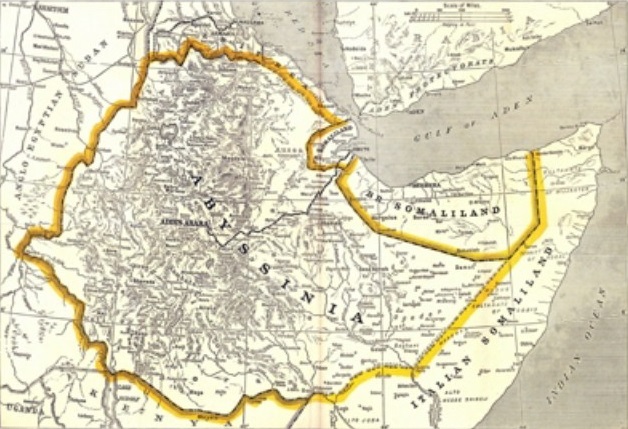
About 10 years later the new breed got recognized (TICA 1979, CFA 1980, FIFE 1981). To avoid further controversy with the Abyssinian breeders the name of the new “sub”breed was chosen to become Somali, a neighboring country to Ethiopia (present name of Abyssinia). This choice also confirms the close link between both breeds.
Breed Standard
The Somali is a beautiful cat, with a colorful coat, full plume tail which gives them the looks of a fox. Every single hair of their coat is ticked. The ticking consists of 2 or 3 (Abyssinians but 3 or more for Somalis) of pronounced darker pigmented bands that overlay the basic color. The tip of each hair is dark. Well groomed Somalis have stolen many hearts in the ring. The Breed or Bench standard of the Somali is identical to the one of the Abyssinian except for the length of the fur.
FIFe and WCF Recognized Color Varieties
| Color | EMS | |
|---|---|---|
| Without Silver | Ruddy | SOM n |
| Blue | SOM a | |
| Sorrel | SOM o | |
| Fawn | SOM p | |
| With Silver | Black Zilver | SOM ns |
| Blue Zilver | SOM as | |
| Sorrel Zilver | SOM os | |
| Fawn Zilver | SOM ps |
Somali Colour Genetics
When a ♂ and ♀ Somali mate both of them give a single set of genes stemming from split chromosomen to their Offsprings. The single chromosomes are combined again as a pair in the offspring. The cat has 19 pairs of chromosomes. Each chromosome consist of a DNA string, which is composed out of thousands of genes. The gender of a cat depends on the X and Y chromosomes. Queens have XX and sires have XY. A queen can only pass on the X-gen. The sire can pass on the X-gen or Y-gen <, Hence determines the gender of the kitten. Chromosomes contain all hereditary traits, like build, Character, fur length, coat patterns, colour etc…
The semi Longhair gen “L” and the Tabby Ticked gen “Tª” are not considered in the table here below. The silver or Inhibitor gen “i” neither as it is not relevant for our cattery.
“B” is the dominant Ruddy (black) gen.
“bˡ” is the recessive Cinnamon gen.
“d” is the recessive dilution gen. When twice present in combination with B the phenotype will be Blue. When “d” is twice present in combination with bˡbˡ the phenotype will be Fawn.
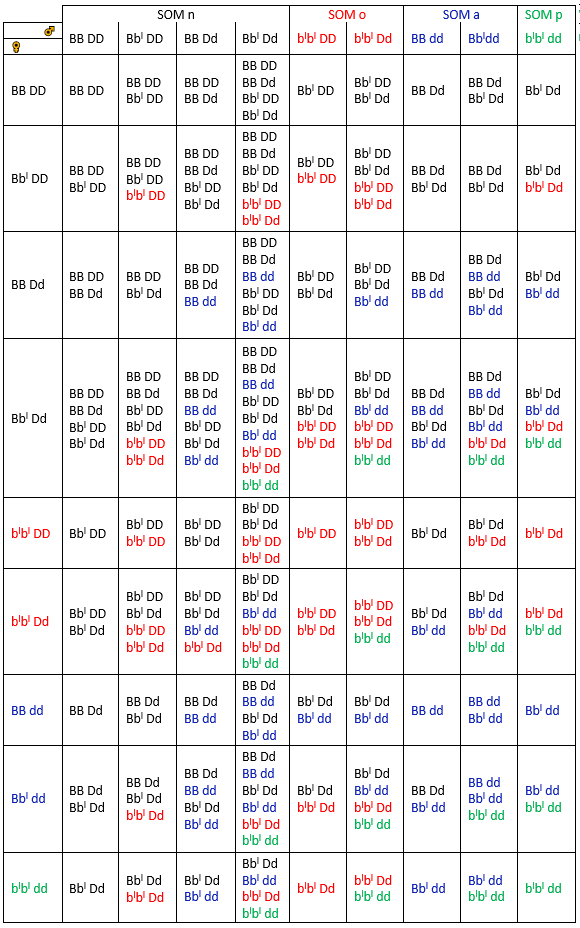
Character
They are natural clowns. The Somali will show itself to the fullest while playing with any toy it finds in the house. They show an enthusiasm for living that makes them wonderful companions and members of the family. They get along very well with other cats, dogs and children. They are very lively, intelligent and curious. You might see them opening your cupboards or playing with water in the sink.
